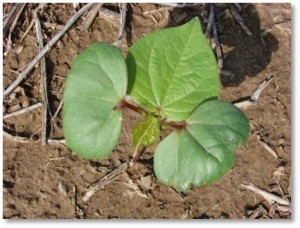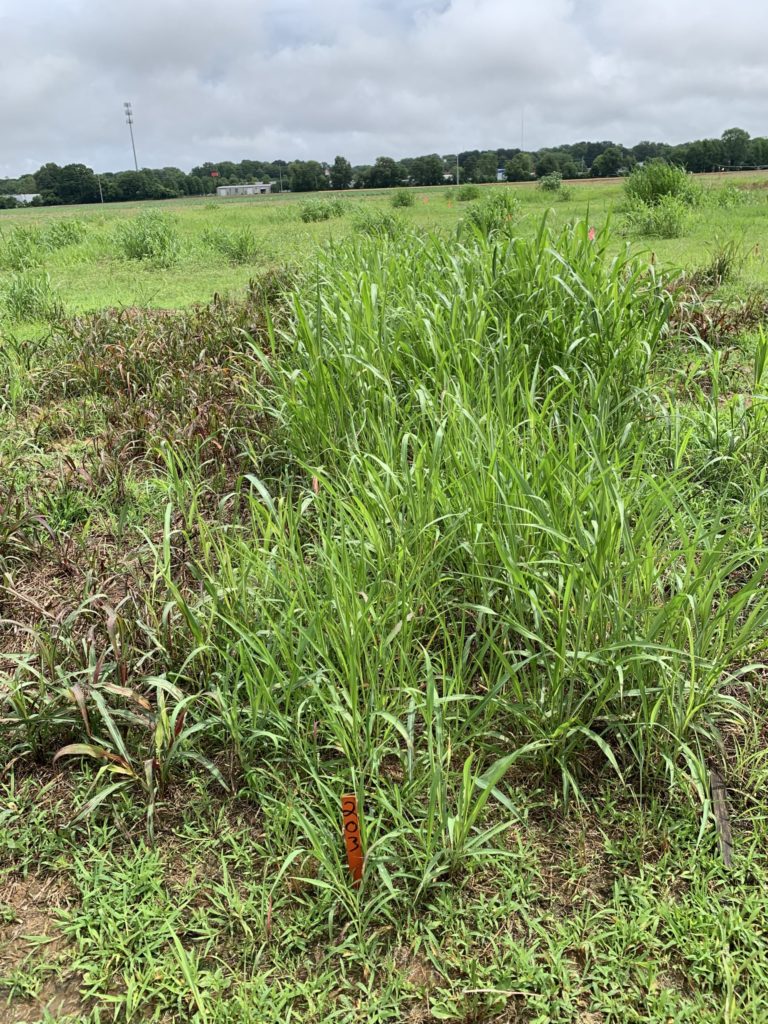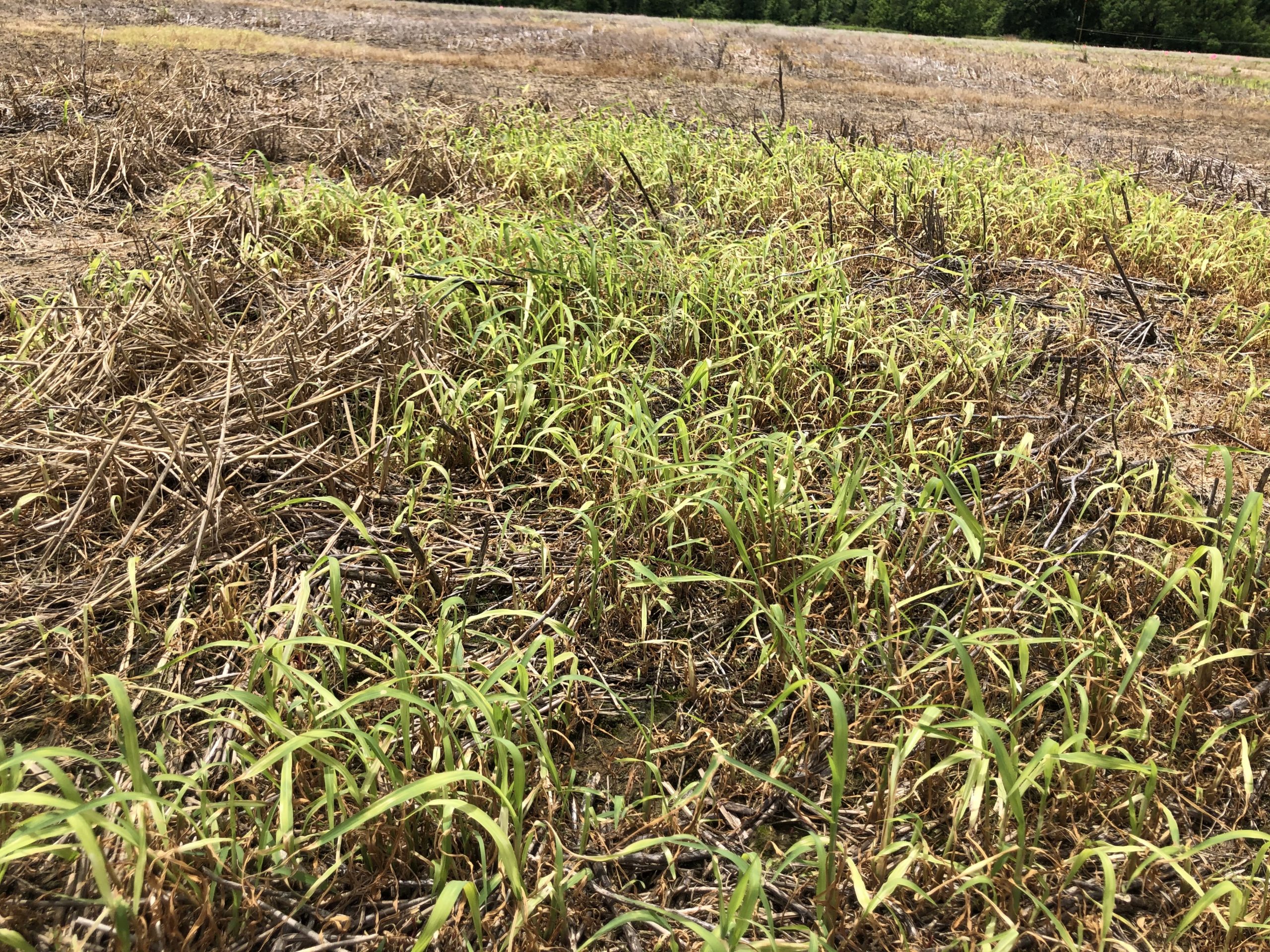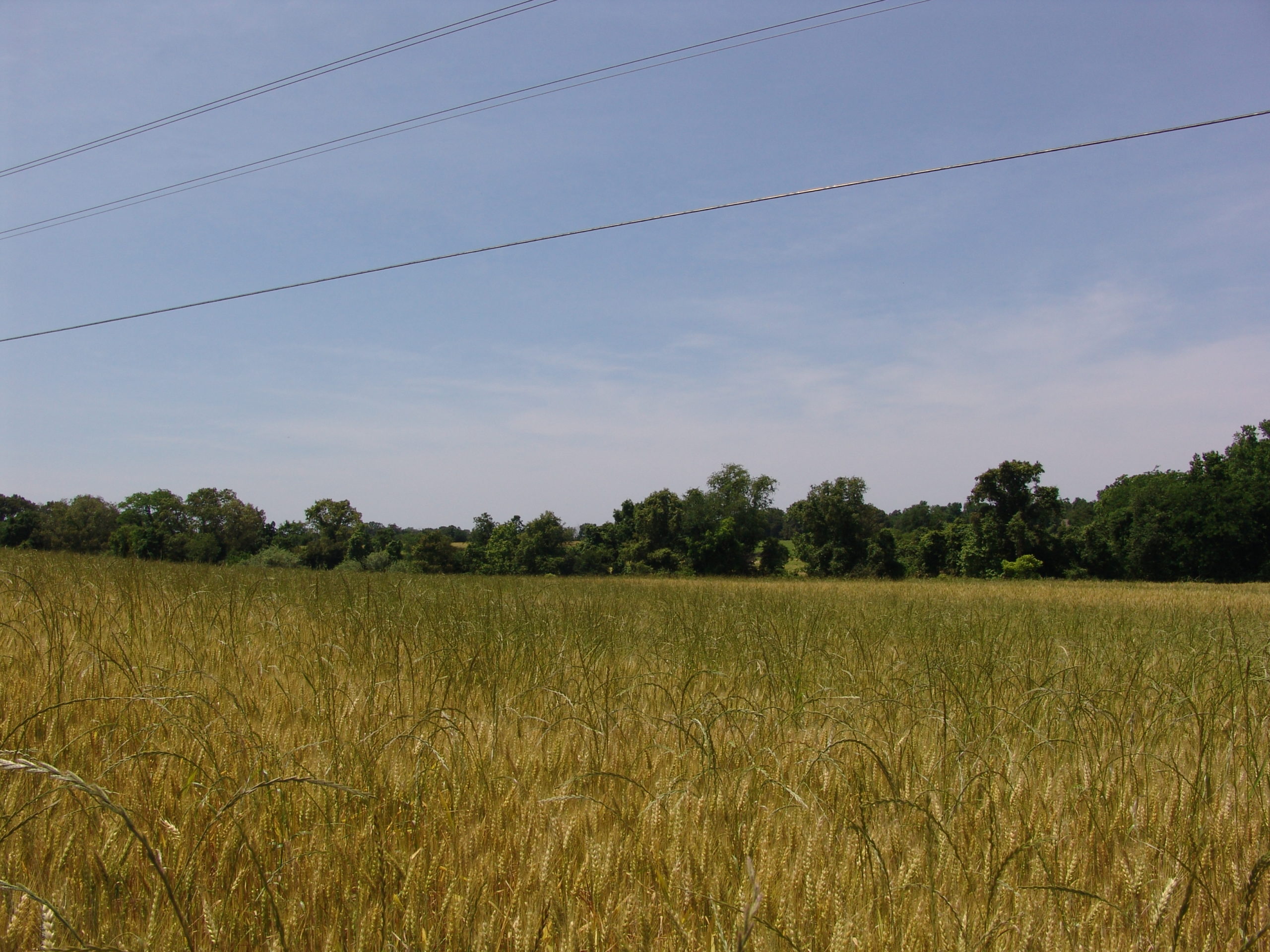In this podcast, Dr. Larry Steckel’s top call for this week has been assessing chemical injury to young cotton plants. That’s thanks to weather and soil conditions when many post-emergence herbicide applications were made. Dr. Steckel will discuss what to do next and how to mitigate chemical burn going forward. He’ll also discuss glyphosate-resistant johnsongrass. Listen.
Category Archives: Weeds
Recording of UT Cotton School (Zoom Training)
 Below please find a link to the recorded zoom training for the 2020 UT Cotton Scout School. It is a rather lengthy training, but you can fast forward and rewind at your discretion.
Below please find a link to the recorded zoom training for the 2020 UT Cotton Scout School. It is a rather lengthy training, but you can fast forward and rewind at your discretion.
http://www.utcrops.com/BlogStuff/2020-UT_CottonScoutSchool.mp4
Options to Manage Glyphosate-Resistant Johsongrass in Corn

Glyphosate is no longer an effective Johnsongrass herbicide in Shelby and Tipton counties. This problem appears to have spread, as field observations as well as follow-up research over the past 2 years would indicate that glyphosate is no longer effective on Johnsongrass in a few fields in Crockett, Fayette, Madison, Haywood and Lauderdale counties. Only the counties near the Kentucky line seem to be getting adequate control of Johnsongrass with glyphosate in most every field. Continue reading

Reminder – UT Cotton Scout School (8:30, Friday May 29th via Zoom)
Because of the COVID-19 situation, the 2020 UT Cotton Scout School will be held by webinar (via Zoom) on May 29th, beginning at 8:30 AM and ending by Noon. Participants will be required to preregister to receive the Zoom password to enter the meeting. To preregister, please email LaDonn Kelso at dkelso2@utk.edu. She will reply to your message with the Zoom meeting password.
Pesticide re-certification points and Continue reading
Suggestions to Minimize Cotton Injury with First POST Applications
This week will be the start of the early POST applications in cotton. These applications are often critical to not only curtail weed competition but to combat thrips injury as well. The biggest concern with these applications is injury to the young cotton plants. Continue reading
Management of Grass Escapes from Paraquat Burndown

Recent burndowns that are targeting Palmer amaranth with paraquat are working quite well on that weed. Unfortunately, that is not the case on some grass weeds like barnyardgrass, junglerice and crabgrass. Once those grasses get 4” or more in height paraquat often struggles to provide good control. Continue reading
Italian Ryegrass Management in Wheat

As we get closer to wheat harvest Italian ryegrass has become very apparent in some wheat fields in West Tennessee. At this point it is too late to try to control this weed with a herbicide. However, it is a very visual reminder that the best time to control ryegrass in wheat is in the fall. Continue reading
Dicamba Application Best Managment Practices
Wet and cold with more rain in the forecast. Ugg! That sums up our spring planting season to date. Hopefully, next week, we will get our break and can get a good bit done in the field. When that time comes, please remember to use best management practices applying all herbicides but particularly dicamba containing products! Continue reading

